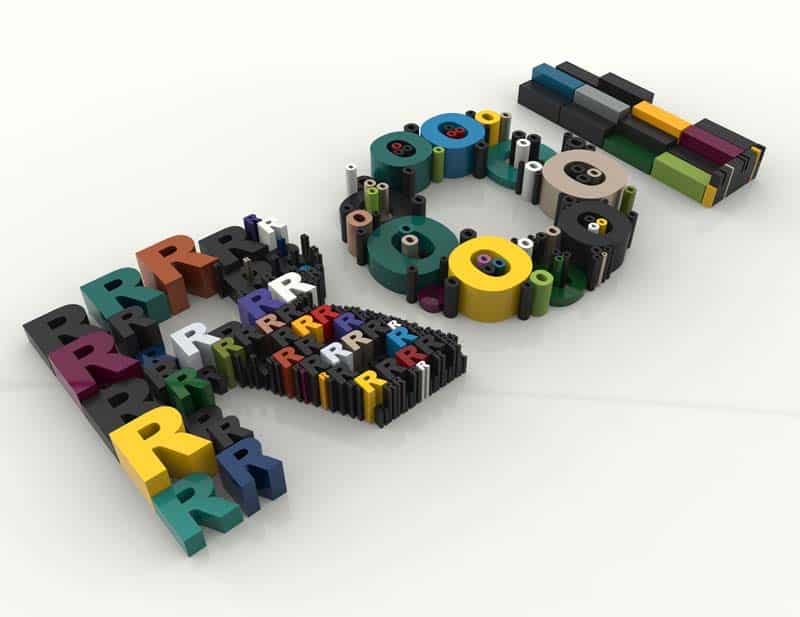Without a doubt, a new business website is an investment. Especially when you first build it, you need to ensure that its cost will be justified by its future value on your business sales and growth. But for many businesses, estimating that return on investment can be difficult. Here’s How to Measure the ROI of your Website.
Fortunately, it doesn’t have to be that way. With just a few tips, you can better understand whether a positive return will justify your website’s cost. Keep reading to learn how to measure the ROI of your website, including a sample calculation at the end of the post.
How to Measure the ROI of your Website
1. Know Your Website Cost
Of course, you need to know how much your business pays for your website. That will include not just the initial set-up cost but also annual maintenance costs such as upkeep and the cost of your domain. Work with your web developer for a reasonably accurate estimate on this variable.
Key Costs that go into a Website:
- Design & Development
- Domain Name & Hosting Services
- Content Creation (including media, images, text)
2. Track Your Visitors
Any calculation of ROI will have to begin with tracking your web visitors. If you don’t have an effective way of analyzing your website traffic, you will find it difficult to measure how much revenue your website generates. A solution like Google Analytics can help you accomplish this step.
Key metrics to measure for your website visitors include:
- Number of visits
- Time spent on the website
- Pages per visit
- Bounce rate (the percentage of visitors who leave without viewing any other pages)
- Conversion Rate
3. Understand Your Sales Funnel
Once you understand how many visitors your website brings in each month, it makes sense to know how they move through your sales funnel. In other words, how many of your visitors follow up to become enquiries, either via a form on your website or by contacting you directly?
Of course, the sales funnel doesn’t end with enquiry conversions. You also have to understand your close rate or the percentage of leads who end up as customers. For most industries, the visitor-to-lead conversion rate is around 3 per cent, and the close rate hovers around 20 per cent. But your rates may differ, which makes understanding your unique sales funnel so important.
4. Calculate Your Customer’s Lifetime Value
Finally, any website ROI calculation must include understanding how much revenue you can expect from a new customer. There are many ways to calculate your average customer lifetime value (CLV), and much of the accuracy will come down to whether your business is based on subscriptions or one-time sales. This infographic can get you started.
How to Measure the ROI of Your Website
Keeping the above tips in mind, let’s walk through a quick calculation that helps you better measure your website’s ROI.
Say, for example, that your website costs $6,000 to develop. With an estimation that it will last 3 years before a redesign is needed, your yearly web development cost will be $2,000.
To justify this investment, it has to result in at least $2,000 (and preferably more) every year that it’s live. Knowing that your average customer brings in $1,000 in revenue means your website should be directly responsible for 2 new customers per year.
Now, it’s time to estimate the impact your website is having in terms of generating customers. Based on the tips above, you may know that the website brings in 500 visits per month or 6,000 per year. If on average, 3% of these visitors become enquiries, your website will generate 180 new leads per year. And again, if 20% of these leads become customers, that means 36 new customers annually.
Once you know the average value of your customers, the rest of your website ROI calculation is easy. Simply multiply it by the above 36; if your average customer is worth $500, your website generates $18,000 in revenue each year. Contrast that with the $2,000 annual cost, and your yearly website ROI is 900 per cent. The formula:
(average customer value x annual customers generated) / annual website cost = website ROI.
Of course, to accomplish that goal, you need a website that builds specifically to attract visitors, generate enquiries, and convert customers. For help in creating that online presence, contact us.
Let Pixel Fish take your business to the next level with a Stunning Business Website.
Check out some of our latest Website Design projects and Testimonials.
Further Information:
12 Tactics to Increase WordPress Website Speed
8 Top WordPress Security Plugins for Business Websites
10 Plugins that Showcase the Versatility of WordPress Website Design
7 Strategic Mobile Responsive Website Design Benefits
10 Signs Your Outdated Website Should Be Upgraded to WordPress
10 Ways to Improve Your Search Ranking for Your WordPress Website
WordPress Website Image Best Practices for SEO, Speed and Engagement
9 Essential Website Features for Remote Users
12 WordPress Web Design Tips for Small Businesses
10 Best Practices for a Successful WordPress Website Design Project
Top 8 Advanced WordPress Features and Plugins to Beat Your Competition



